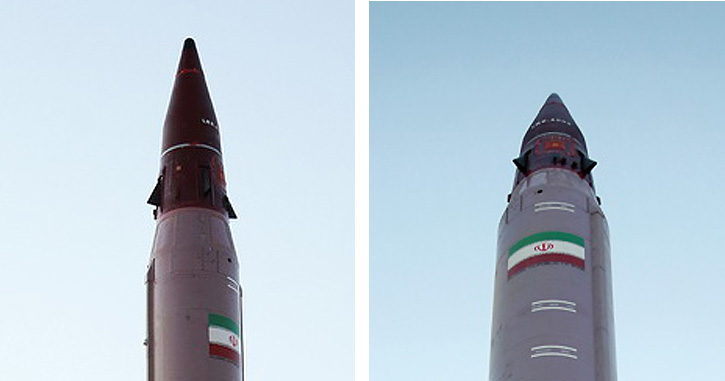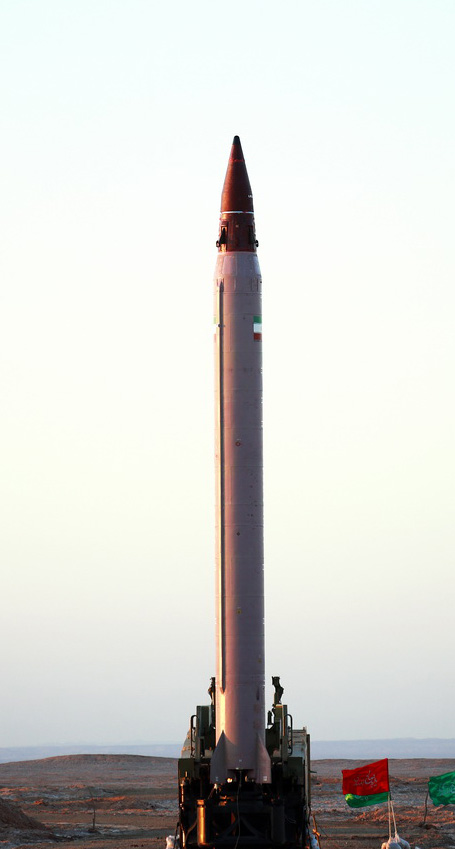The meeting between Putin and khamenei was very warm and friendly , and the main subject was also Syrian civil war...
It seems that both of them were very happy
Iran reliable ally for Russia
TEHRAN, Nov. 23 (MNA) – Russian President Vladimir Putin has told Leader of the Islamic Republic no power would impose its will on Syrian people and decide on their behalf on Syrian future political structure.
Leader’s official website report quoted Mr. Putin’s remarks in his meeting with Ayatollah Khamenei earlier on Monday, where Mr. Putin expressed gratitude for meeting with the Leader; “bilateral relations between Iran and Russia in diverse fields as aerospace and technologies has taken a rapid turn, and we are happy that Russia along with Islamic Republic of Iran, has played an active role in resolving regional and international crises,” he told the Leader.
Putin also praised the Islamic Republic as an independent and strong country with bright futures on the horizons; “Russia considers Iran as a reliable ally in the region and the world at large; we are committed to a general avoidance of betraying our partners and stabbing our friends coming out of the dark, and are committed to negotiation and diplomacy in solving any differences,” Mr. Putin said figuratively.
Putin described Iranian and Russian positions on Syria very close; “we both emphasize that crisis in Syria will be solved only if all Syrian groups of all ethnicities participate in elections and that world powers recognize this political means to bring stability to the country; we strongly believe that no country is in a positon to decide on behalf of Syrians on their future government,” he emphasized.
Putin emphasized upon the continuing nature of air strikes against terrorist strongholds in Syria and believed Tehran-Moscow sharing beliefs was necessary for a diplomatic solution; “countries with a claim to democracy could not oppose to elections in Syria,” he concluded.
----------------------------------------------------------------------------------
Leader urges vigilance to thwart US plot for West Asia
Leader of the Islamic Revolution Ayatollah Seyyed Ali Khamenei (R) receives Russian President Vladimir Putin in Tehran on November 23, 2015. ©khamenei.ir
Leader of the Islamic Revolution Ayatollah Seyyed Ali Khamenei says the long-term US plot for Western Asia is against the interests of all countries, particularly Iran and Russia, urging vigilance and close interaction to thwart the scheme.
In a meeting with visiting Russian President Vladimir Putin in Tehran on Monday, Ayatollah Khamenei said the US has a long-term plot to take control of the whole of West Asia by dominating Syria and then expanding its dominion over the entire region, saying, “This plot is a threat to all nations and countries, particularly Russia and Iran.”
The Leader hailed Russia’s influential role in regional issues, particularly in the Syrian conflict, and said Moscow’s decisions and measures in dealing with developments in Damascus enhanced the regional and international standing of Russia and President Putin in particular.
“The Americans have always been trying to place their rivals in a position of passivity but you have foiled such a policy,” Ayatollah Khamenei said.
The US and its followers are seeking to achieve through political means and negotiations the objectives that they have failed to obtain via military approaches, the Leader said, adding vigilance and a proactive stance are necessary to prevent this goal from being realized.
Ayatollah Khamenei said Washington’s insistence on the ouster of Syria’s legitimate and democratically-elected President Bashar al-Assad is among the weaknesses of the US policies.
He said the Syrian president, in a national election, succeeded in winning the majority of votes of the Syrian people with “different political, religious and ethnic” viewpoints and emphasized that the US has no right to ignore the Syrians’ choice.
The Leader said every solution on the Syrian crisis should be endorsed by the country’s nation and officials.
-----------------------------------------------------------------------------------------------------
Russia’s Putin donates a special gift to Ayatollah Khamenei
Visiting Russian president Vladimir Putin donated a special gift to Iran’s Supreme leader Ayatollah Ali Khamenei during a meeting held in Tehran on Monday, Iranian local media reported.
Putin, who is in Tehran to attend the summit meeting of the Gas Exporting Countries Forum (GECF), gave one of the world’s oldest Quran manuscripts to Ayatollah Khamenei, another sign showing the strengthening relations between the two countries.
Russian President met with Iran’s Supreme Leader as part of his visit to Tehran to attend the third meeting of fuel-exporting countries.
Enlarge this imageClick to see fullsize
He is also set to meet Iranian counterpart Hassan Rouhani.
Vladimir Putin became the first Russian leader to visit Iran since World War II when he held talks with Iran’s supreme leader Ayatollah Ali Khamenei in 2007.
The third meeting of fuel-exporting countries was opened in Tehran on November 23 by Iranian President Hassan Rouhani, and prior to the meeting of the heads of the member countries, their ministers of oil and energy will meet beginning November 20.
----------------------------------------------------
More pics:
http://en.mehrnews.com/photo/112213/Putin-meets-with-Iran-s-Leader-in-Tehran





































